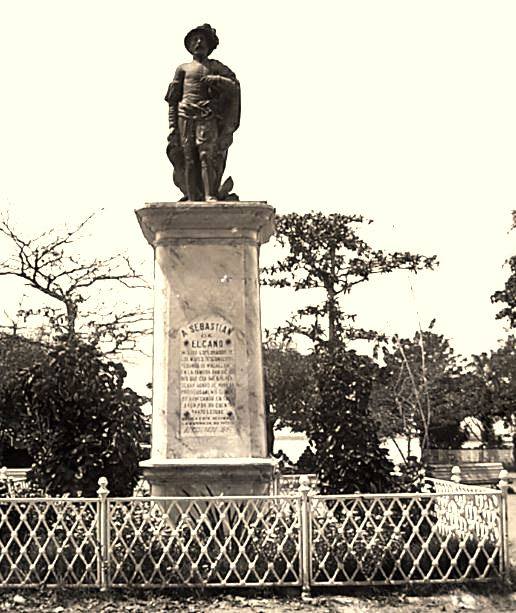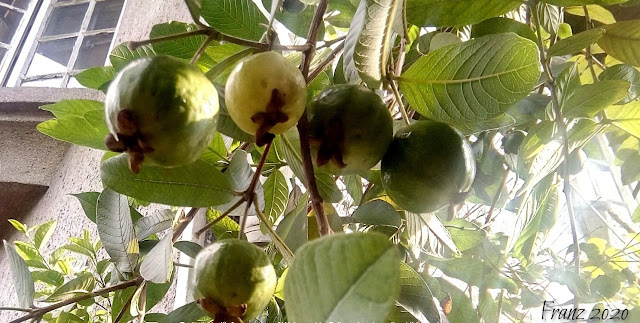Seville - The Umbilical Cord

Seville- seen here with the famous port and the Guadalquivir River. 17th Century-- Anonymous Flemish painter. I define the Guadalquivir River (Baetis-Roman name) as the beginning part of the long "umbilical cord" that connects us to one placental fiber - Spain. It was from here where Magellan launched the expedition that eventually led to the European discovery of our archipelago and brought the island group to the awareness of the West. Eventually, Spain would unite these islands into one and ruled it for almost three centuries. Five hundred years ago, the same month of July, Magellan gathered his armada in the port of Seville. In the first week of August 1519, the fleet would then moved to the mouth of the Guadalquivir River facing the Atlantic-- Sanlúcar de Barrameda. The first step in the search for a westerly route towards the Spice Islands (Indonesia). No defined maps, no sure direction after the Atlantic. It was sheer intuition, the belief that somehow a passage...



